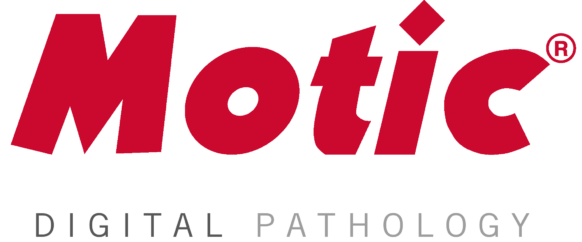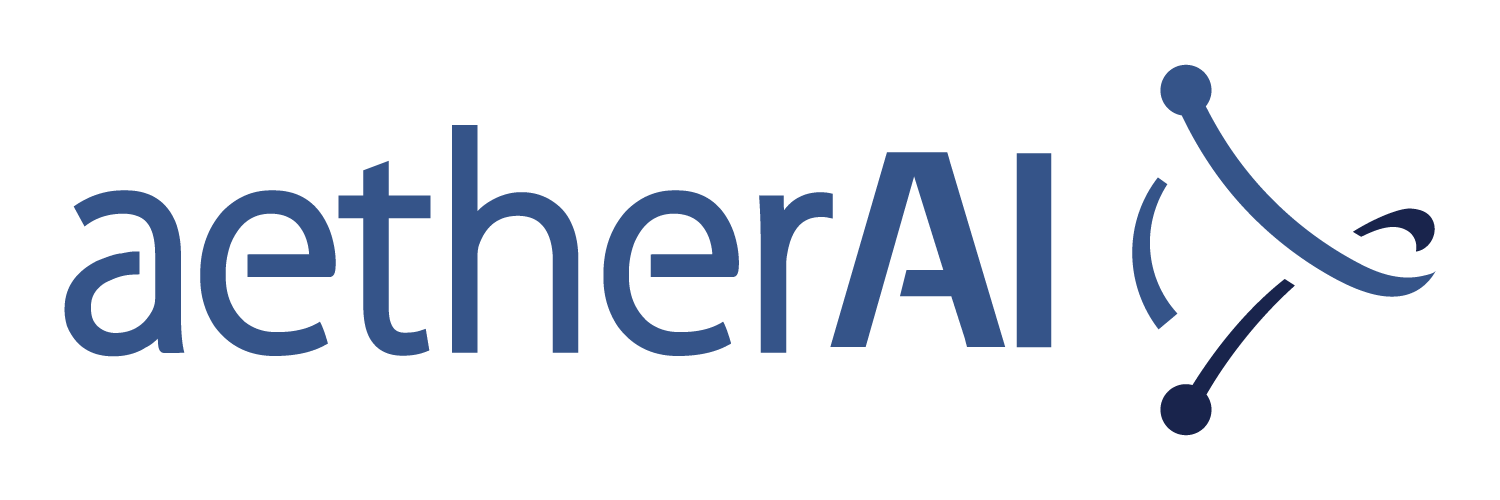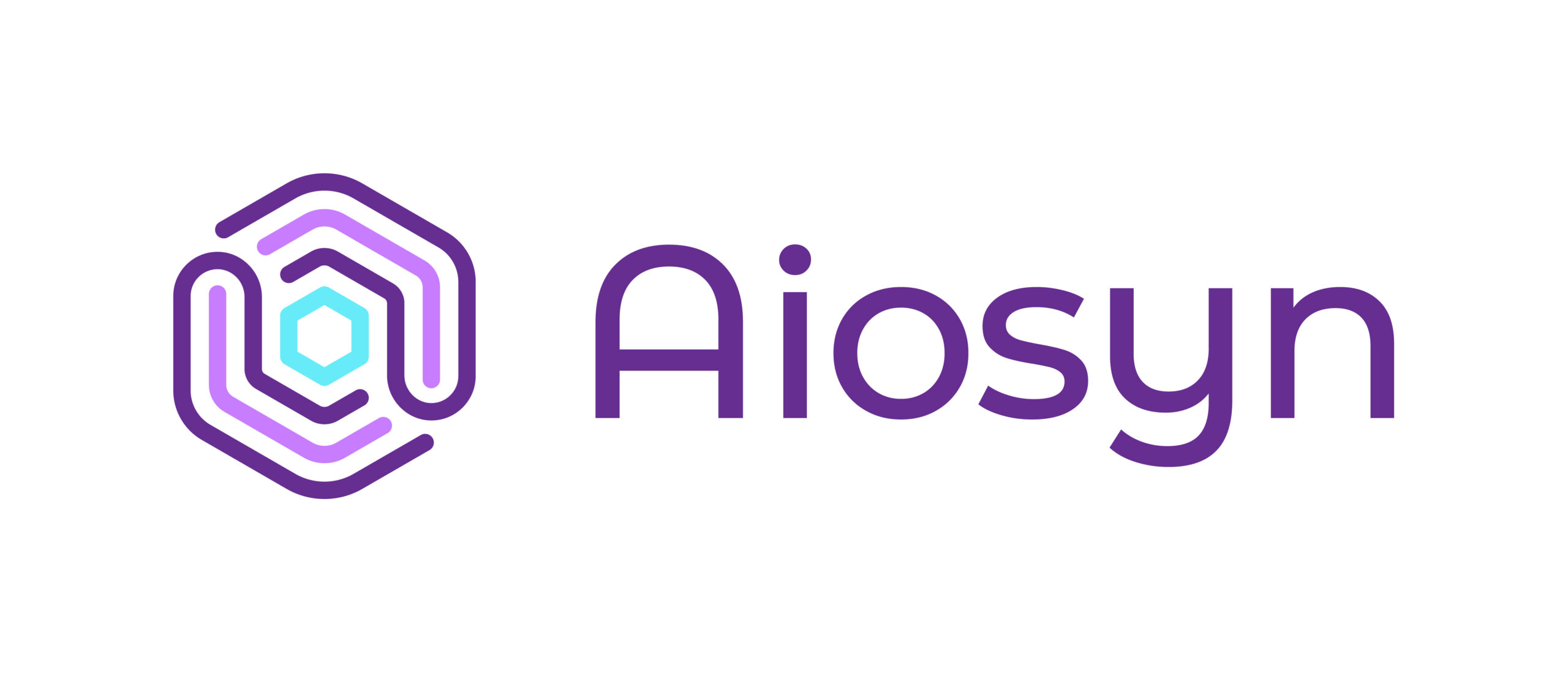Olympus Corporation Introduces The Dotslide 2.1 Virtual Microscopy System
Olympus has introduced its cutting-edge dotSlide 2.1 virtual microscopy system, offering advanced functionality with outstanding image quality. Available in three different models, this flexible and efficient system enables the virtual overview of an entire slide to be displayed in perfect quality on-screen. Furthermore, images are automatically saved in an online database where they are easily accessible for fast and secure remote image access. With excellent throughput for extensive image acquisition and superb documentation of tissue sections and tissue microarrays the dotSlide 2.1 system is ideal for all aspects of pathology and research.
The Olympus dotSlide 2.1 system is based on the upright BX51 microscope, which ensures an outstanding optical performance. Furthermore, the peltier cooled dotSlide camera ensures high resolutions with fast frame rates and high sensitivity. In combination with a PC-based workstation, slides can be scanned and uploaded with great ease. This easy-to-use system provides superior functionality, usability and performance through the incorporation of an intuitive Scan Wizard, which guides the user step-by-step through the virtual slide acquisition process. As such, the graphical user interface features large, clearly labelled icons so that users at any experience level can produce perfect images every time.
The standard dotSlide 2.1 MD (manual) system is suitable for fluorescent samples and allows slides and any meta-data to be manually loaded. The dotSlide 2.1 SL (slide loader) system is fitted with a slide loader, which holds up to 50 slides and is integrated with a barcode reader for full traceability and hands-off scanning, for the quick and easy archiving of slides. The dotSlide TMA is now a complete system, incorporating a tissue microarray (TMA) module with a new client server database Net Image Server (NIS) SQL. This combination enables the user to acquire small tissue cores as single images, and upload them together with the relevant metadata and TMA slide overview to the NIS SQL database. This allows users to perform effortless analysis of the TMA and meta-data, and select individual cores from the overview TMA slide image for analysis.
Multiple large specimens can be scanned in up to 15 horizontal or Z-planes. With the ability to examine regions of interest in different dimensions, better observations are possible for dependable remote consultation as well as consistent training. The dotSlide autofocus function offers outstanding autofocus capabilities, even with a large Z-distance from the specimen’s focal plane, for example in specimens with a strong topography. Focus points can also be manually set to achieve superior results for difficult samples, improving the reliability of the entire acquisition process. In addition the extended focal imaging feature (EFI) automatically produces extremely sharp and focused images. The NIS SQL provides the dotSlide family with a more flexible and powerful Client Server Database for the secure management of images and data,. Designed to work accross multiple sites, this powerful tool enables the worldwide sharing of images. Additionally, users based at different locations are able to use the secure networking system to combine their results into a single database.
































